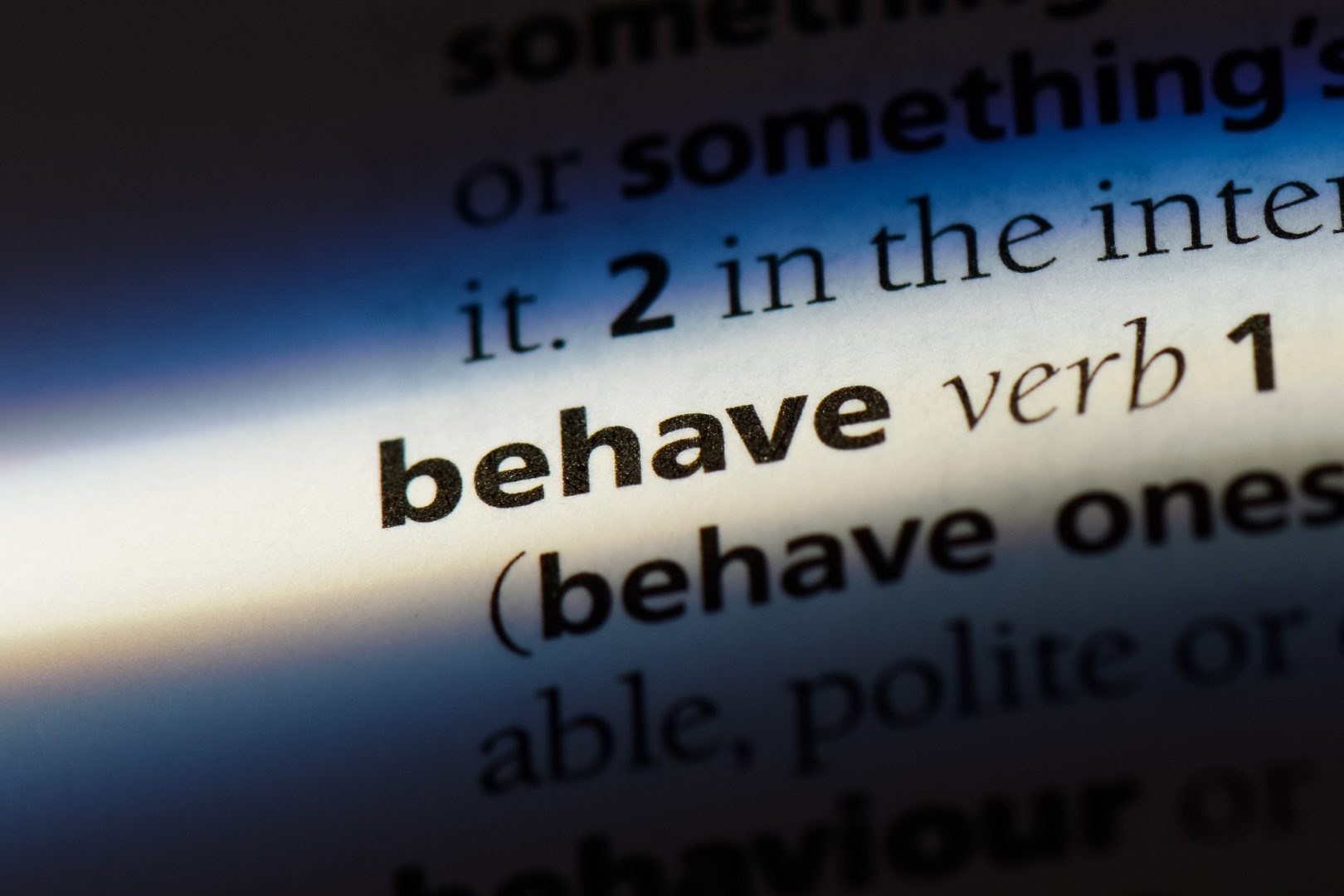
At Emerson, we focus on behavior. Behavior change is all we do. For our change practice, the behavior focus always seemed very clear. But Learning and Development folks like me have a mental shift to make. We often assume “behavior” refers to soft skills or leadership qualities. But what about the learners? Working with this company has helped me think of behavior change as the goal for every learning program.
Recently, one of our clients was implementing a new Product Lifecycle Management system. My L&D team was charged with developing the technical training. Early on, our change team members were facilitating behavior change workshops for the client; our L&D team sat in. They identified the “from/to” behaviors for this change and prioritized them to make the most impact. Then they worked together to create a plan to shift learners’ behaviors.
As they worked through the process, they found the behaviors driving the biggest impact were “Be Collaborative” and “Be Inclusive.” This was the inspiration my learning team was looking for. My mind started conjuring up ways our technical training could reinforce those behaviors.
Here’s what we did to bring collaboration and inclusion to the forefront of our system training:
- We created an introductory video illustrating the high-level process across all functions, to remind learners that their work was part of a larger effort.
- In all training materials, we referred to the tasks that happened before and after, to create anchor points to the overall process in each scenario.
- During materials review, we invited cross-functional subject matter experts to give their perspectives.
- In those sessions, we asked, “Who isn’t here that should be?” and, if people were missing, we made sure to circle back with them and invite them to the next review.
As we planned our training deployment, we looked at the usual things, like location, number of employees, classroom space, and technology specifications. However, our focus on the two key behaviors helped us expand our delivery approach.
- We scheduled cross-functional training sessions to reinforce the need for collaboration when completing tasks. This also built also built rapport and fostered inclusion.
- We demonstrated cross-functional scenarios, allowing participants to learn their key tasks while also learning a little about their colleagues’.
- We asked cross-functional subject matter experts to attend training sessions to talk about their areas and be available to answer questions.
- We created super-super-user roles — the most knowledgeable user in critical cross-functional areas — embedding collaboration and cross-functional knowledge.
This project reinforced for me the importance of that laser-like focus on behavior change for every part of a team and every solution. When learning programs focus on the behaviors critical to the business case, they drive successful change adoption.



